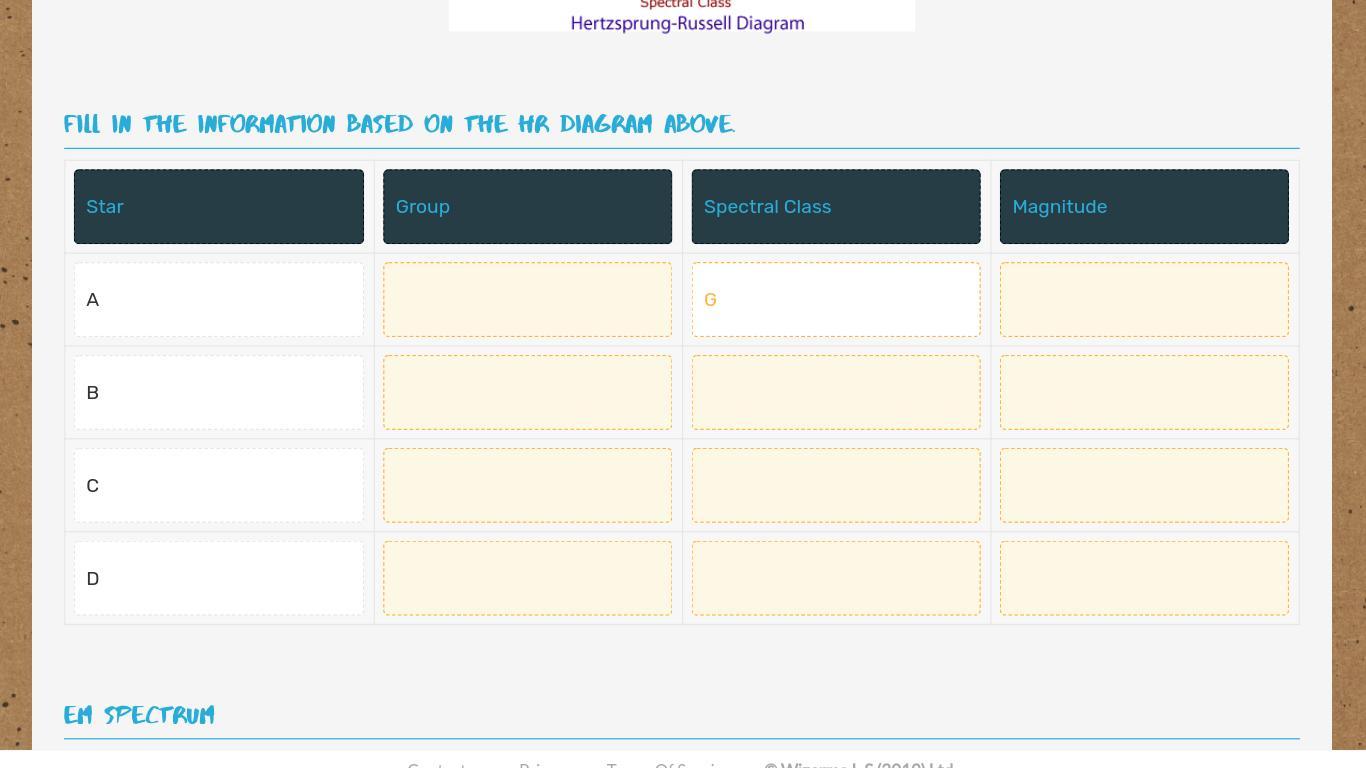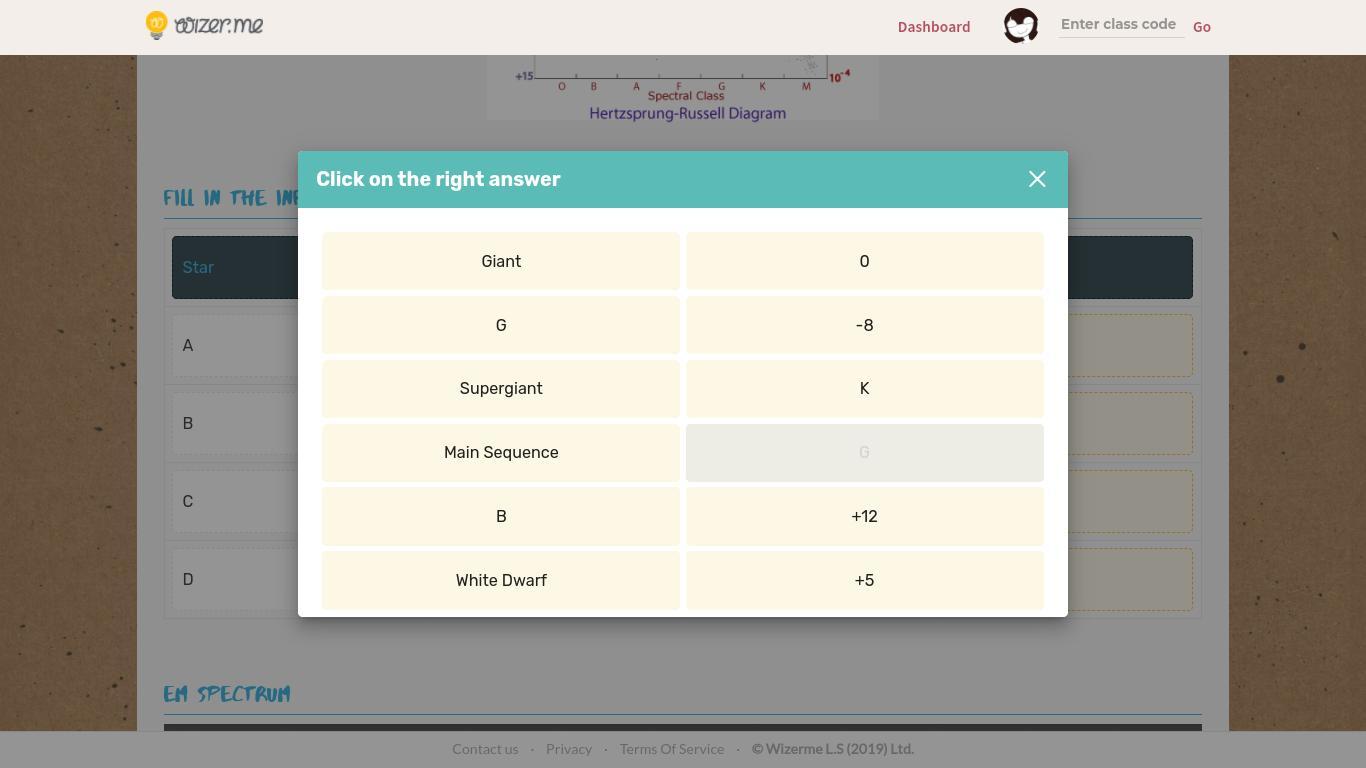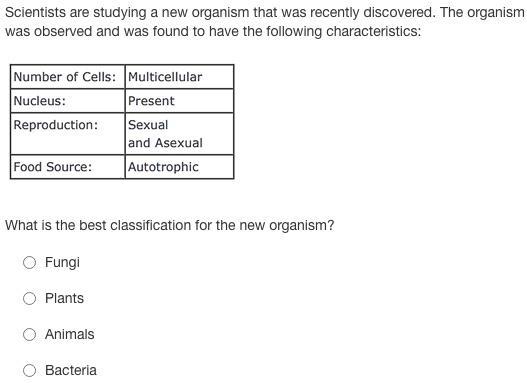Please help! (i'm sorry, i'm really bad at science and i don't get it) also i will give the brainiest to whoever is correct (and please please please don't put whatever, please don't waste my time, i will report you! sorry if i'm being a bit rude its because someone answered random letters in my last question and i reported them) Okay anyways, thank you to whoever helps me! I will give brainiest, a thanks in their profile, a thanks in their answer, 20 beautiful points, and i will NOT report you UwU (this is to whoever helps me) :3


Answers
Related Questions
State the functions of the skeletal system, including the number and the major bones in the human skeleton.
Answers
The skeletal system serves several important functions in the human body. These functions include:
1. Support: The skeleton provides the structural framework for the body, giving support and shape to the organism.
2. Protection: The skeletal system protects vital organs such as the brain, spinal cord, heart, and lungs. For example, the skull protects the brain, the ribcage protects the heart and lungs, and the vertebrae protect the spinal cord.
3. Movement: Bones act as levers for muscles, enabling body movement. The skeletal system works in conjunction with the muscular system to facilitate motion.
4. Mineral storage: Bones store essential minerals, such as calcium and phosphorus, which are necessary for various body functions.
5. Blood cell production: Red and white blood cells, as well as platelets, are produced in the bone marrow, which is found in some bones.
6. Energy storage: Yellow bone marrow, found in the medullary cavity of long bones, stores energy in the form of fat.
The human skeleton consists of 206 bones in adults. Some of the major bones include:
1. Skull: Comprised of the cranium and facial bones, it protects the brain and supports the structures of the head.
2. Spine (vertebral column): Consists of 33 vertebrae, which protect the spinal cord and support the upper body.
3. Ribcage: Includes 12 pairs of ribs, the sternum, and the thoracic vertebrae, which protect the heart and lungs.
4. Humerus: The long bone in the upper arm, connecting the shoulder to the elbow.
5. Radius and Ulna: The two bones in the forearm, connecting the elbow to the wrist.
6. Femur: The long bone in the thigh, connecting the hip to the knee, and is the longest bone in the body.
7. Tibia and Fibula: The two bones in the lower leg, connecting the knee to the ankle.
8. Pelvis: A basin-shaped structure that supports the spine and organs of the lower abdomen, and connects the spine to the lower limbs.
These are just a few examples of the major bones in the human skeleton.
Answer:
Explanation:skeletal system functions are diffrent of types . In addition to defining our shape and traits as humans, it:
enables movement: Your skeleton helps you stand and move by supporting your weight. Your bodily components are movable thanks to the cooperation of joints, connective tissue, and muscles.
Bone marrow, which makes blood cells, is found in bones. The bone marrow makes RBC AND WBC
supports and shields organs: Your ribs shield your heart and lungs, your backbone shields your spine, and your skull shields your brain.
Mineral storage: Your bones are where your body stores minerals like calcium and vitamin D.
Use examples to explain how the geosphere interacts with two other of Earth's spheres. Explain the interaction for each using complete sentences. (7 points)
Answers
Find 4 facts about the respiratory system
Answers
Answer:
A person usually breathes an average of 13 pints of air every minute.
Lungs aren't the same size. To accommodate the heart, the right lung is larger than the left lung.
Some air never leaves your lungs.
The lungs are the only organs that can float on water.
Explanation:
hope this helps!!!!!
Select whether the description is a Bacteria, Archaebacteria, or Protist. Some will have more than one answer.
have eukaryotic cells -
have prokaryotic cells -
can cause malaria -
can live in extreme environments -
can only be unicellular -
can be multicellular or unicellular -
provide about 50% of Earth’s oxygen -
can cause strep throat and tuberculosis -
cause no known diseases in humans -
Answers
Answer:
the major difference is that protists are eukaryotes while bacteria and archea are both prokaryotes. this means that prokaryotes do not have a nucleus, and contain circular DNA.
Explanation:
Existing rocks are buried and forced toward the mantle, increasing heat and pressure. This is the first step in the formation of metamorphic rocks.
(PLEASE HELPPPP 90 POINTS!!)
Which best describes the next step in the formation of metamorphic rocks?
Buried rocks melt deep within the mantle.
Lava melts underlying rocks, which crystallize into new minerals.
Rocks that were buried are exposed at Earth’s surface, where they are weathered and eroded.
Magma pockets rise, which increases heat, and minerals change due to temperature and pressure.
Answers
The correct answer is B. When buried rocks are forced toward the mantle, they undergo extreme heating and pressure, which can cause them to melt. This molten rock is known as magma, which then crystallizes as new minerals as the magma cools and solidifies. This process is known as metamorphosis and is the second step in the formation of metamorphic rocks.
Buried rocks melt deep within the mantle.
Scientists are studying a new organism that was recently discovered. The organism
was observed and was found to have the following characteristics: (picture down below)
What is the best classification for the new organism?
A) Fungi
B) Plants
C) Animals
D) Bacteria

Answers
Hypothesis: If I put a chocolate bar on the table near a sunny window, it will melt faster. If your independent variable is the placement of the chocolate bar and the dependent variable is the speed at which it melts, what are some controlled variables that one must have during each trial?
Answers
Controlled variables are anything that stay the same for both trials
Please help me...
3 questions I will give brainiest if you answer all 3.
question 3 has 2 images




Answers
Answer:
1.A
2.C
Explanation:
What parts of the Earth were involved?
Answers
Answer:
were involved in the like outside of the crust which is the land inbetween the atmosphere
Explanation:
The heart contracts twice for every heartbeat one contraction is the atrial contraction while the other is the venture true or false
Answers
Answer:
True. The heart contracts twice per heartbeat. One contraction is the ventricular and the other one is the artrial.
What forms when rocks break down?
Answers
Answer:Sand
Explanation:
Answer:
Explanation:
Sedimentary rock; such as mud, sand, or gravel.
Complete a online search and write at least two sentences to explain the relationship between the two organisms (Humans and the domestic dog). Example : how do they benefit or get harmed by each other?
Answers
will give brainliest if your answer is correct (question is in the picture)

Answers
Fred wants to summarize mitosis in the cell cycle. Which statement describes mitosis?
Mitosis includes several steps that occur after the cytoplasm is divided but before the DNA has been copied.
Mitosis includes several steps that occur after the DNA has been copied but before the cytoplasm is divided.
Mitosis is the step in which the cytoplasm is divided.
Mitosis is the step in which the DNA is copied. PLZ HURRY
Answers
that occur after the DNA has been copied
but before the cytoplasm is divided.
matter 1. What do you think it means for a solid to have a definite shape? (hint: a gas/liquid does not have a definite shape). _________________________________________________________________________________________ 2. How can solids be transformed into other states of matter? Give an example. _______________________________________________________________________________
Answers
Answer:
1.) Particles in a solid have fixed locations in a volume that does not change. • Solids have a definite volume and shape because particles in a solid vibrate around fixed locations.
2.) It's a process called sublimation. The easiest example of sublimation might be dry ice. Dry ice is solid carbon dioxide. When you leave dry ice out in a room, it just turns into a gas.
The diagram below shows part of the rock cycle.
Which type of rock does B represent?
Igneous rock
Metamorphic Rock
Rock formed by compaction
Rock formed by heat and pressure

Answers
How can crystals form? Select all that apply.
when a mineral is mined from the Earth
when a gas turns into a liquid
when a liquid cools and solidifies
when a liquid evaporates and leaves a solid behind
Answers
Answer:
C and D, when a liquid cools and solidifies and when a liquid evaporates and leaves a solid behind
A heterozygous for height pea plant is crossed with a homozygous recessive for height pea plant. What is the punnet square?? Please answer quickly!!!

Answers
Homozygous recessive = bb
Punnet = Bb Bb bb bb
Phenotype is 50%
What effect might a supernova have had on the material in a nebula that led to the creation of our solar system?
Answers
How do scientists forecast the weather?
Answers
Answer:
Observational data collected by doppler radar, radiosondes, weather satellites, buoys and other instruments are fed into computerized NWS numerical forecast models. The models use equations, along with new and past weather data, to provide forecast guidance to our meteorologists.
Answer:
rftgyhujikoloolikujyhtgrfedwsqazxcvbnmmnbvcxzxxzxzxzxzczczcxvxvxvxvxcbcbcnbcbcvnvnvnvnbmbmn
Explanation:
Which of the following does a cell NOT need to do before mitosis?
a) replicate its DNA
b) increase its number of sub-cellular structures
c) grow
d) move its sub-cellular structures to one side
Answers
d. move its sub-cellular structures to one side.
all organism are created of cell?
Answers
hiiiibv ratr bnmgbjmm
Explanation
Answer:
yes
Explanation:
Which choice best defines heredity?
a
the joining of sex cells to form the first cell of a new organism
b
the passage of genetic instructions from one generation to the next
c
the cycle through which an organism grows from a young form to a mature form
d
the technology that enables scientists to insert genetic information from one organism into another
Answers
Answer:
B...hope this helps : )
Explanation:
How are algae similar to plants?
1.Algae produce carbon dioxide gas as its waste product
2.Both contain cell wall and chlorophyll.
3.Both need egg and sperms cells to reproduce.
4.Algae and plants need oxygen to make energy.
Answers
Answer:
answe B. both contain cell wall and chlorophyll
Please help me with this

Answers
Answer: the plants get there energy and nutrients from the sun/ sunlight, if the hawks were removed from the ecosystem the rabbits and snakes population would grow higher.
Explanation:
How did the Industrial Revolution contribute to global climate change?
A. It led to an increased use of alternative fuels other than fossil fuels.
B. It led to an increased use of coal, oil, and other fossil fuels.
C. It led to the release of chemicals that destroyed the ozone layer.
D. It led to the development of nonrenewable sources of energy. (I think it's B. Please correct me if I'm wrong.)
Answers
Answer: You're right its b.
Explanation:
Human activity has rapidly increased the emission of greenhouse gases to the atmosphere. Since the start of the Industrial Revolution, in about 1750, human activities such as burning fossil fuels, including coal and oil, have increased greenhouse gas concentrations in our atmosphere.
Plz help me answer these questions

Answers
Answer: It replicates in the mitosis phase
srry if im wrong i looked in my science text book
Explanation:
The diagram to the left shows a food web in a large park. Each circle represents a different species in the food web. Which of the organisms in the food web could be referred to as primary consumers?
( Picture below)

Answers
Answer:
2 , 3 and 4 only
Explanation:
Please help I am on my least favorite subject Anyone did this on eguinity before? It is where you make a dichotomous key. You have to ask a question then group the bugs about it. It's really hard and idk. here are the questions: Does the arthropod have only six legs? Does the arthropod have eight legs?
Answers
The hard outer covering of an animal is a(n) ___________.
Answers
Answer:
exoskeleton
Explanation:
An exoskeleton is the hard outer covering that supports and protects some animals without backbones.
Hope this helped!!!
Answer:
exoskeleton
Explanation: